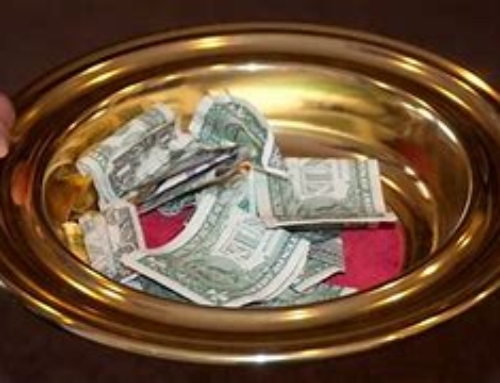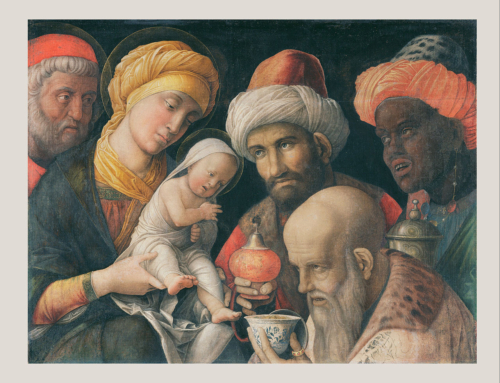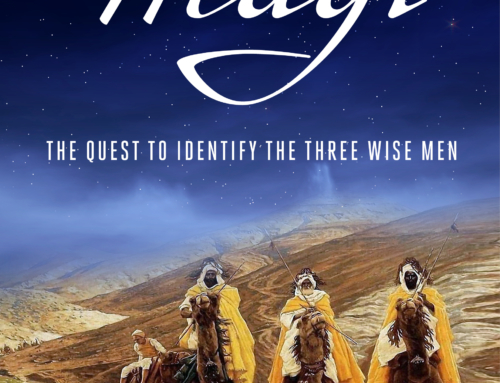This morning we crossed the street to the Basilica of the Annunciation and explored for a short time before we were scheduled to say Mass. A Franciscan sacristan from Africa showed me the chapel they had designated for us and Elias represented the whole church–reading the lessons, making the responses and serving the altar for me to say Mass of the Annunciation.
When we were by the Sea of Galilee I was thinking a lot about the miracles of Jesus. Here are the hills where he prayed all night alone. Here is the water on which he walked, the sky where the storm blew up that he calmed. Here is the house where he cured Peter’s Mother in Law, there where they caught the great draught of fish after the resurrection. Here where he fed the 5000, there where he healed the paralyzed man. Seeing the actual places strikes home the reality of what we believe. These are not just fairy tales or “theological constructions of the early church”. These were real events we are to believe–happening to real people at a real point in time and at a real place.
In CS Lewis great essay Can We Have Christianity Without Miracles he ponders the question of a Christian faith that is no more than a set of abstract doctrines about God combined with a code of morality. In other words, what I and other writers have called, “Moralistic, Therapeutic Deism.” He concludes that such a religion is certainly possible, but it NOT Christianity. He makes the point that any other religion that has a supernatural or miraculous dimension can dismiss the miracles without making much of a dent in the religion. The miracles in Islam or Hinduism or Buddhism, for example, help to make the prophet special, but the religion itself loses nothing or at least very little should the miracles be dispensed with.
Not so Christianity, and moving from the Sea of Galilee to Nazareth hammers home the reason why. The entire Christian religion is built on the one marvelous miracle of the Incarnation. Here in Nazareth the splendid basilica built over Mary’s house declares, “Here the Word was Made Flesh and Dwelt Among us.”
Christianity without miracles? Such a thing is not Christianity. It is psychotherapy with a smidgen of spirituality. It is do gooders who like to feel spiritual from time to time. It is Girl Scouts selling cookies with a prayer.
As I celebrated Mass here on this site I was struck yet again with this truth–the Word was made flesh and dwelt among us, and when you see the altar on the very site of Gabriel’s visit you affirm–“and having been made flesh that flesh and blood is presented to us under the appearance of bread and wine.”
After Mass we got into the car and drove about 30 minutes to Tel Megiddo–the most amazing archeological site in Israel where you walk through over 10,000 years of history. This is also, of course, the site of the Battle of Armageddon at the end of time.
From there we drove another forty minutes to the Monastery of Stella Maris on Mount Carmel–the home of Our Lady of Mount Carmel and the home base of the Carmelite order. We went to Megiddo and Mount Carmel not only to learn and play the pilgrim, but also because film maker Stan Williams is planning to make a documentary with me about the Sword of St Michael–the legendary straight line that connects ancient Michael monasteries from Ireland to Stella Maris. Elias helped me film a few short video clips for Stan to incorporate into a taster film in order to attract possible fund raisers or a commission from Discovery or National Geographic channels.
We are keen to make this film in order to bring the reality of the supernatural home to many viewers. If you would like to learn more about this film opportunity send me an email at dlongenecker1@gmail.com.







Leave A Comment
You must be logged in to post a comment.